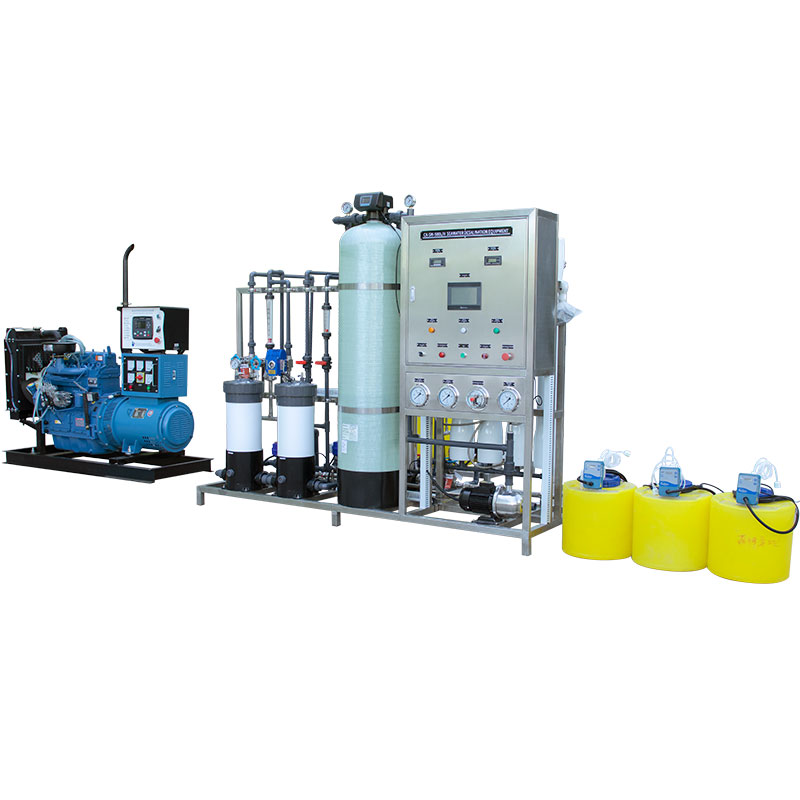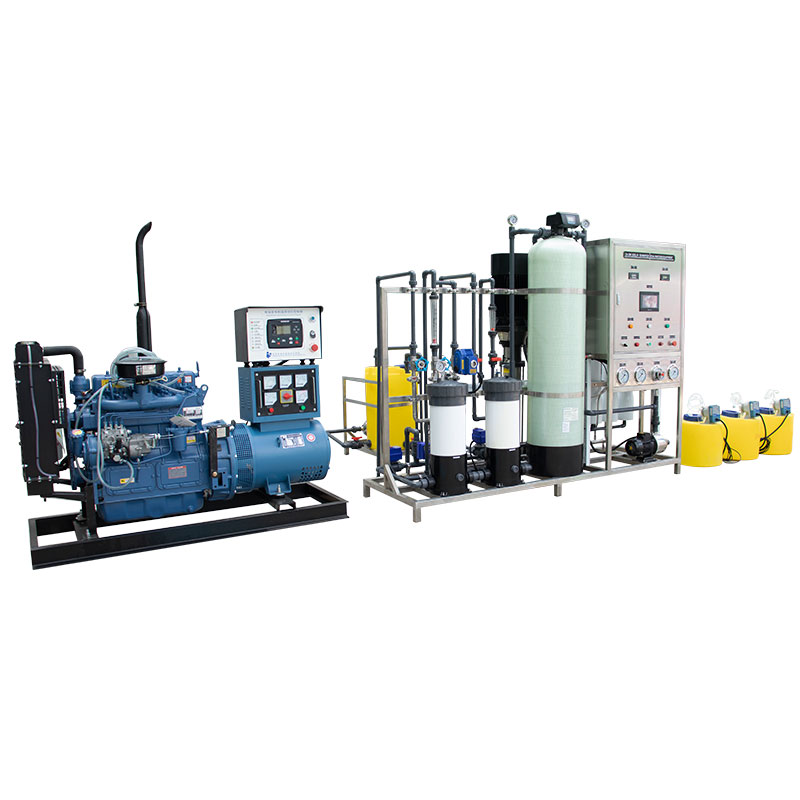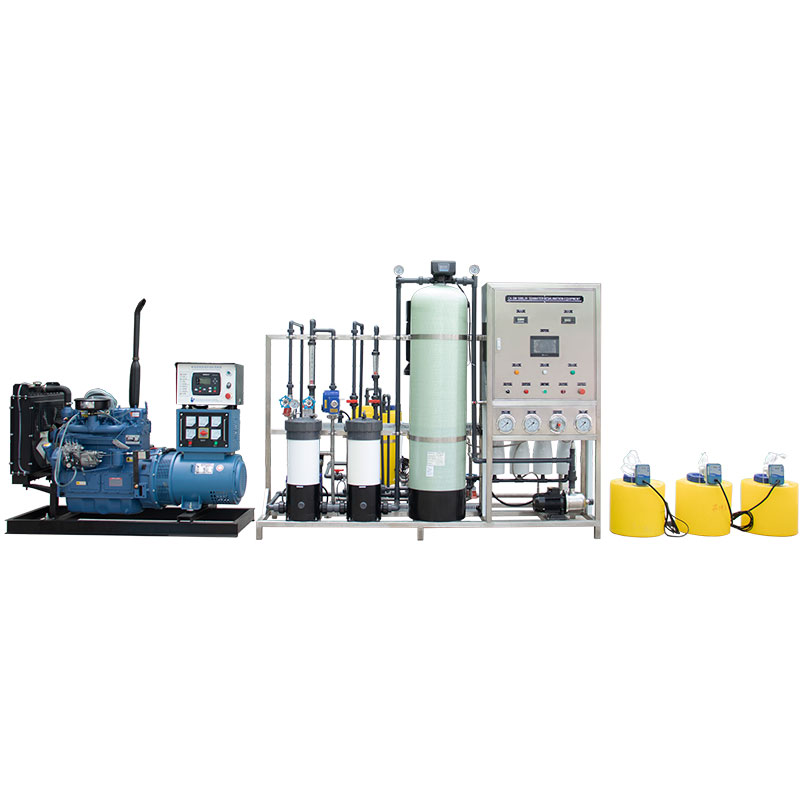How much does a solar desalination plant cost?
Solar desalination is an innovative technology that uses solar energy to drive the desalination process and is potentially cost-effective and environmentally friendly. Understanding the cost of solar desalination plants is critical to assessing their feasibility in solving freshwater shortages. Here is some important information about the cost of solar desalination plants:
1. Cost range:
According to the World Bank, the cost of solar desalination typically fluctuates within a range per cubic meter of water produced. The average cost is approximately US$0.72-1.50, depending on a variety of factors, including technology selection, energy costs, equipment and material costs, and the geographical and climatic conditions of the project location.
2. Impact of technological progress:
In recent years, with the advancement of solar technology and the reduction of costs, the average cost of solar desalination has dropped significantly. According to reports, the average cost of solar desalination has dropped by about 60% compared to 10 years ago. This trend demonstrates continued improvements and cost-effectiveness of solar desalination technology, making it more feasible and attractive globally.
3. Cost comparison:
Although solar desalination technology is sustainable and environmentally friendly, its cost can still be higher than traditional desalination methods such as thermal evaporation and reverse osmosis. However, with the advancement of solar energy technology and the reduction of costs, the cost advantages of solar desalination are gradually emerging. Furthermore, given the energy dependence and environmental impact of traditional methods, the potential benefits of solar desalination may go beyond purely economic cost considerations.

What are the reasons for the reduced cost of solar desalination plants?
The cost reduction of solar desalination plants is due to the influence of many factors, including technological progress, scale effect and market competition.
First, technological progress is one of the key drivers of cost reduction for solar desalination. With the continuous development of science and technology, new solar desalination technologies continue to emerge, the efficiency is improved, and the cost of equipment is gradually reduced. For example, the performance of key equipment such as reverse osmosis membranes and solar cells continues to improve, resulting in lower energy consumption and maintenance costs for the entire system.
Secondly, economies of scale are also reducing the cost of solar desalination plants. As the scale of the project expands, the procurement costs of production equipment and materials are relatively reduced, and the efficiency of operation and management is improved, thereby reducing the unit water production cost. This advantage of large-scale production and operation allows solar desalination plants to better cope with cost challenges.
Finally, market competition has also driven down the cost of solar desalination. As more and more companies and institutions enter the field of solar desalination, market competition is becoming increasingly fierce, prompting companies to continue to innovate and improve efficiency, thus reducing production costs. This competitive pressure has pushed the entire industry in a more cost-effective direction, making solar desalination a more economical and feasible solution.
The combination of these factors has enabled the cost of solar desalination plants to continue to decrease, providing a more feasible option to solve the global water shortage problem.

What is the future development trend of solar desalination plants?
Solar desalination plants have many potentials for innovation and advancement in future developments.
1. Technological innovation:
The introduction of new materials and processes will further improve the efficiency of solar desalination plants and reduce production costs.
For example, new reverse osmosis membranes made from nanomaterials could improve desalination efficiency and reduce energy requirements.
2. Modular design:
Future solar desalination plants may adopt a modular design, which can be flexibly adjusted according to needs and improve the adaptability and efficiency of the system.
Modular design can also shorten the construction period and reduce initial investment costs.
3. Sustainability:
Combining solar desalination plants with other renewable energy sources, such as wind and geothermal energy, can further increase their sustainability.
By optimizing the desalination process and treatment of concentrated water, solar desalination plants can provide clean water while reducing environmental impact.

What impact do solar desalination plants have on water management?
Solar-powered desalination plants have a positive impact on global water management, providing a sustainable solution in areas where freshwater resources are scarce.
1. Alleviating water shortages:
Solar desalination plants can provide reliable water sources in areas with scarce fresh water resources and alleviate water shortage problems.
Especially for coastal cities and island areas, solar desalination plants provide an effective solution.
2. Reduce water stress:
The application of solar desalination plants can reduce dependence on natural water bodies such as groundwater and rivers and protect ecosystems.
By providing an alternative water source, solar-powered desalination plants help relieve pressure on agricultural, industrial and domestic water supplies.
3. Improve water resources management efficiency:
The application of solar desalination plants can improve the efficiency of water resources management and ensure the sustainable use of water sources.
By monitoring and controlling water quality, solar desalination plants help ensure the safety and quality of water.
Solar desalination plants have shown great potential as an innovative water solution. As technology continues to advance and costs decrease, solar desalination plants will provide reliable fresh water supply to more areas in the future. By combining with other renewable energy sources, solar desalination plants will further enhance their sustainability and make a positive contribution to global water resources management.




